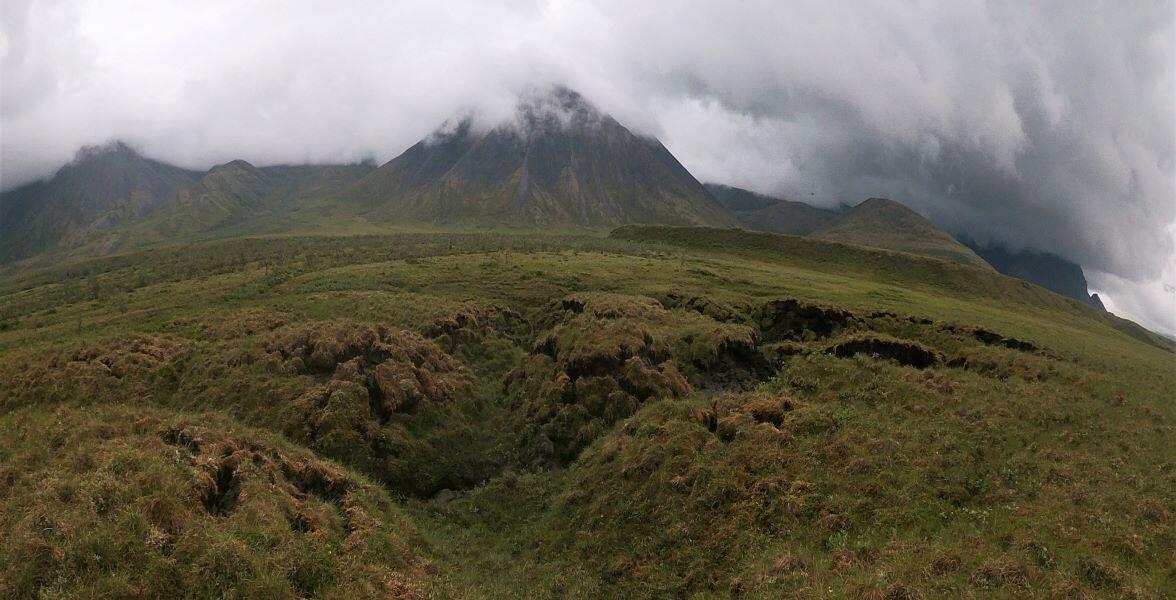
In rock climbing, the rope attached to the lead climber is called the “sharp end.” It is the risky end of the rope, where falls are possible. Even with a guidebook and an established route, the leader has to seek out each hand and foothold, anticipating the next move while trying to find solid ground and strength in each movement. Sometimes the lead climber is on a new route, without a guidebook. They are creating a new way up the sandstone, granite, limestone, guided by touch, intuition, and strength based on practiced knowledge of intentional movement, patience, and steady breath.
Today, we are on the sharp end of a rope together. Navigating the challenges of climate change might feel like a multi-pitch climb up a challenging mountain with low visibility, but we now have a support team ready and willing to help assist in the course ahead. This week, the Department of Interior, as part of their pause on all federal oil and gas leasing across the country, held a three-hour forum about the future of resource development on federal public lands and kicked off the public comment period now open. This review is part of President Biden’s larger vision to bring the United States forward as a leader in mitigating the impacts of climate change. The administration has joined the 38 other countries around the world that have pledged to protect 30% of federal lands and waters by 2030, or what is called “30x30”. 30x30 is an international initiative to protect global biodiversity that is threatened with climate change. Some states in the U.S. have already made their own commitments to 30x30. California made a pledge to use 30x30 as a way to utilize their networks of natural and working lands to store and remove carbon from the atmosphere. California’s 30x30 agenda includes wetlands restoration, soils management, and green infrastructure. Michigan, New York, and Nevada are just a few of the states currently trying to pass resolutions in support of President Biden’s 30x30 initiative. The mantra for this movement, like the approach to any climb, is “from the ground up” because it recognizes that protecting places—whether it be as conservation easements or tribally co-managed landscapes—will need to come from the places and the people who know the issues best across the nation’s diverse geographies.
30x30 is illustrative of a larger pivot in our country’s relationship with the non-human world. For the first time in our recent history, we have a president who promised to invest in clean energy, restore balance on public lands, and admitted to the challenges of climate change and the loss of biological diversity that is damaging the necessary requirements for life on earth. Though governing is much harder than making proclamations, it’s important for leaders on the sharp end of any climb to be willing to take risks. Instead of feeling threatened by these bold moves, we should feel empowered to become leaders in our own communities. Innovation occurs when we have a strong foundation because we feel supported to step out on a ledge, to grasp a challenging hold, to take a different route. How do we want to govern the future of our public lands? What rights should we have to claim water, wildlife, as commodities instead of members of our communities? What have we learned from our global illness and our shared healing? What kind of leader do we want to be when it is our time to be on the sharp end?
Join us as we explore the answers to these questions. In March, we celebrated our first Climate Week, and we encourage everyone to look at our new, interactive story map about the impacts of climate change in Alaska and actions we can take to help change our trajectory. We look forward to climbing this mountain with you!




